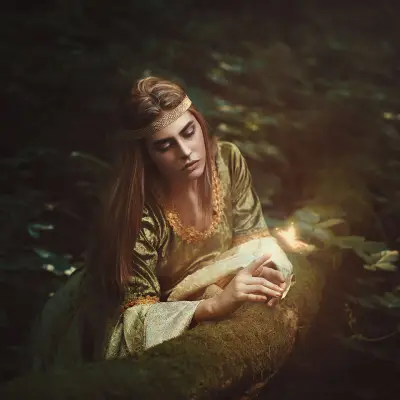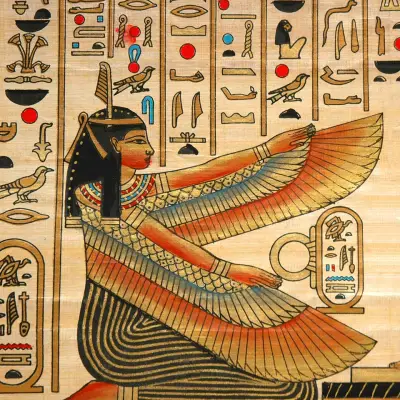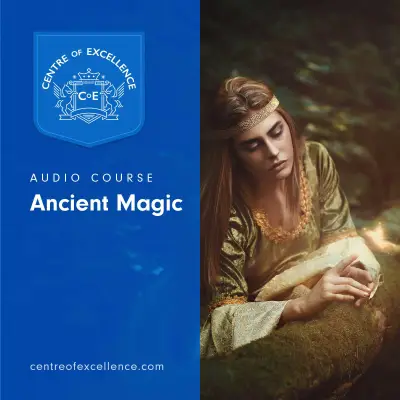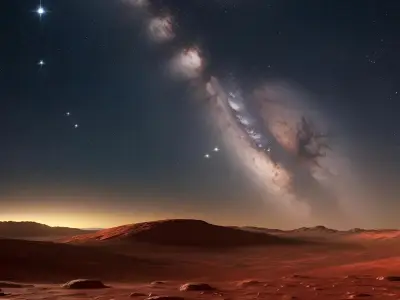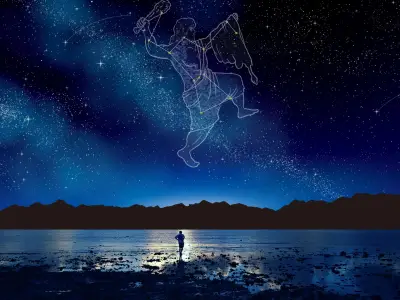Often referred to as the Celtic goddess of nature, Danu is a figure deeply connected to the natural world, the earth, and the divine. Whether you're exploring mythology for spiritual inspiration, historical interest, or simply curiosity, understanding Danu, the mother of ancient Irish gods, offers a fascinating glimpse into Celtic beliefs and traditions. Let’s explore Danu’s myths, powers, and symbols.
Jump to:
- Who Was Danu in Celtic Mythology?
- Danu’s Myths
- The Role of Danu in Celtic Storytelling
- What Powers Did Danu Possess?
- Symbols Associated with Danu
- Danu’s Lineage and Connections
- Why Is Danu Special?
- Danu in Modern Culture
- Danu’s Worship and Legacy
- Frequently Asked Questions About Danu
- Study Celtic Mythology for £29
Recommended for you!
Best SellersWho Was Danu in Celtic Mythology?
Danu is recognised as the Celtic goddess of nature and the earth, embodying the essence of life, fertility, wisdom, and abundance. She is often described as a mother figur to both humans and gods. In fact, she is famously known as the mother of ancient Irish gods, particularly the Tuatha Dé Danann, a supernatural race in Irish mythology whose name literally means "The People of Danu."
Although references to Danu are sparse in surviving texts, her influence is undeniable. She represents the nurturing force of the earth, rivers, and all living things, making her a symbol of creation and sustenance.
Danu’s Myths
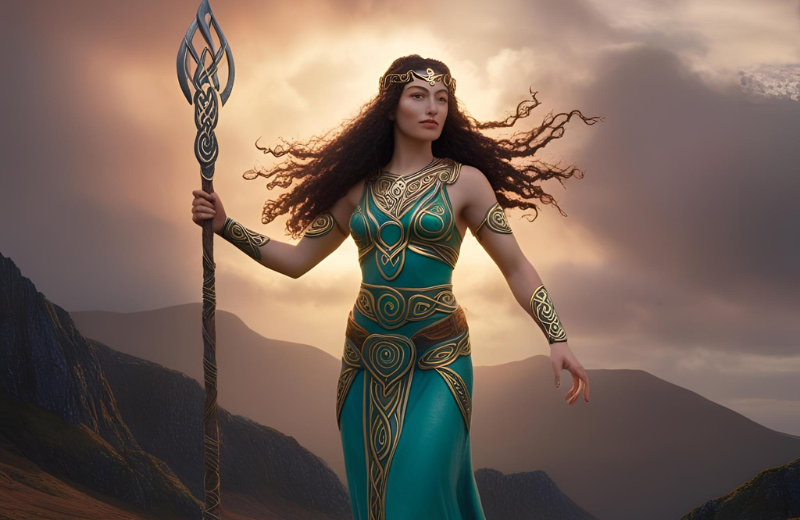
Unlike other deities with detailed mythological tales, Danu’s myths are more elusive. Much of what we know comes from interpretations of ancient texts and folklore. Rather than starring in grand adventures, Danu’s presence is felt through her role as the ancestral mother of the Tuatha Dé Danann.
The Arrival of the Tuatha Dé Danann
One of the most significant tales linked to Danu is the story of how her children, the Tuatha Dé Danann, arrived in Ireland. Though Danu doesn’t appear directly, this myth highlights her legacy as the divine mother.
According to legend, the Tuatha Dé Danann were a mystical race descended from Danu, gifted with knowledge, magic, and artistry. It is said that they travelled from distant lands; some myths describe them coming from the sky or from mysterious northern isles where they mastered druidic wisdom.
When they arrived in Ireland, a thick magical mist covered their entry, concealing them from view. This enchanting fog was believed to be a manifestation of their deep connection to the otherworld and their mother, Danu, who embodied the forces of nature and magic.
Upon settling, the Tuatha Dé Danann brought with them four sacred treasures: the Stone of Destiny (Lia Fáil), the Sword of Nuada, the Spear of Lugh, and the Cauldron of Dagda, each symbolising power, wisdom, and abundance. These treasures, like the deities themselves, were seen as gifts from Danu, representing her blessings upon the land.
This tale, while centred on her children, reflects how Danu the Celtic goddess was viewed as the ever-present source of divine power, wisdom, and connection to the mystical forces that shaped Ireland.
The Role of Danu in Celtic Storytelling
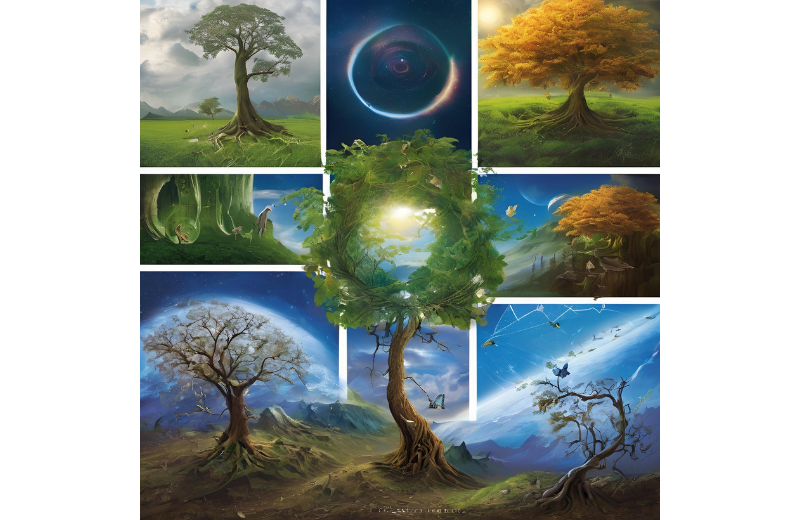
In Celtic mythology, Danu embodies the spirit of the land and the cycles of nature. She wasn’t just a goddess worshipped in temples; she was seen in rivers, hills, and fertile fields. Many scholars believe that river names like the Danube and Don trace back to her, reflecting her deep connection to water, a life-giving force.
Her role was less about individual tales and more about representing the ongoing relationship between people and the natural world. In this way, Danu Celtic was ever-present in daily life, reminding people of the earth’s generosity and the importance of living in harmony with nature.
What Powers Did Danu Possess?
As a primordial goddess, Danu’s powers were vast yet subtle. She wasn’t depicted as a warrior or a ruler but as a source of life, wisdom, and transformation. The powers of Danu included:
- Fertility and Abundance: As the Celtic goddess of earth, Danu governed growth, agriculture, and prosperity.
- Wisdom and Knowledge: She was associated with esoteric wisdom, guiding her children—and by extension, humanity—toward enlightenment.
- Nature and Elements: Danu’s energy flowed through rivers, wind, and soil, symbolising her control over the natural elements.
- Magic and Transformation: Through the Tuatha Dé Danann, Danu was linked to powerful magic and shapeshifting abilities.
Symbols Associated with Danu

While there isn’t a single definitive emblem, several symbols are associated with Danu due to her deep ties to nature and fertility:
- Rivers and Water: Flowing water symbolises life, nourishment, and the constant cycle of renewal — key aspects of Danu’s essence.
- The Earth: As the Celtic goddess of nature, fertile land and greenery represent her nurturing spirit.
- The Cauldron: In Celtic tradition, cauldrons symbolise abundance and rebirth, both linked to Danu.
- Animals: Creatures like horses, fish, and birds, all connected to the land and water, are seen as representations of her presence.
- Colours of the Goddess Danu: Earthy tones such as green, blue, and brown are thought to reflect Danu’s natural energy.
Danu’s Lineage and Connections
Danu is not defined by ancestry in the traditional sense but by her role as the primordial mother — the source from which divine power, nature, and magic originate. As the mother of ancient Irish gods, her most significant connection is to the Tuatha Dé Danann, the mystical race that bears her name. These deities, known for their mastery of magic, art, and wisdom, are considered her children, carrying forward her influence across Celtic mythology.
With no myths detailing a consort, questions about whether she has a husband remain unanswered, reinforcing her image as a self-sustaining force of creation and nurturance.
Her legacy extends beyond divine lineage into the very landscape, with rivers such as the Danube believed to echo her name and spirit.
Why Is Danu Special?
Danu holds a unique place in Celtic mythology because she represents something far greater than a singular role or domain — she embodies the very foundation of life, nature, and spiritual wisdom.
While many deities govern specific aspects of existence, Danu is revered as the source from which all flows. As the Celtic goddess of earth and nature, she symbolises fertility, abundance, and the deep, nurturing power of creation.
What makes Danu truly special is her timeless relevance. She isn’t just a goddess of the past but a representation of the ongoing cycles of life — growth, renewal, and interconnectedness. Her presence encourages you to reconnect with nature, trust in the wisdom of the earth, and recognise the sacred in everyday life.
Danu in Modern Culture
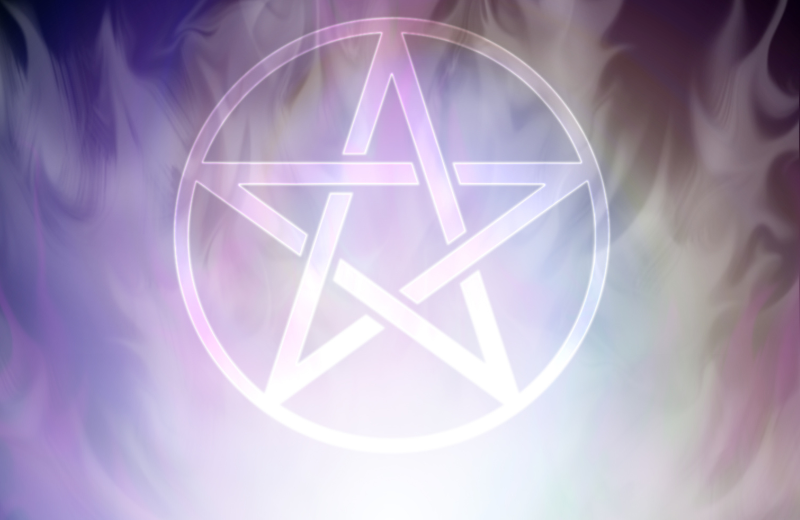
Today, Danu remains a powerful symbol in modern spirituality, especially within pagan and Wiccan practices where she embodies the divine feminine, nature, and the cycles of life. She is often honoured in rituals focused on fertility, wisdom, and connection to the earth, with altars featuring rivers, stones, and greenery to reflect her nurturing essence.
Beyond spiritual circles, Danu’s influence appears in literature, music, and art. The Irish folk band Danú pays homage to her cultural legacy, while authors like Morgan Daimler explore her role in modern interpretations of Celtic mythology. Artists frequently depict Danu as a maternal figure surrounded by natural symbols, keeping her image alive as a timeless representation of nature, creativity, and feminine strength.
Danu’s Worship and Legacy
If you're curious about how to honour Danu, simple acts like spending time in nature, meditating by rivers, or creating altars with natural elements can be meaningful. Offerings of water, flowers, or symbols of the earth are common ways to connect with her energy.
Though ancient Celtic rituals have largely been lost to time, Danu’s legacy lives on through those who continue to celebrate her as a timeless symbol of life, wisdom, and the natural world.
Recommended for you!
Best SellersFrequently Asked Questions About Danu
Who is the goddess Danu equivalent to?
In other mythologies, Danu is often compared to earth mother figures like Gaia in Greek mythology or Nerthus in Germanic traditions, as they share similar roles as life-givers and nature deities. These goddesses, like Danu, symbolise the nurturing, sustaining force of the earth and the cycles of life.
What are the colours of the goddess Danu?
The colours of the goddess Danu are typically natural shades — greens for the earth, blues for water, and browns for fertile soil. These colours reflect her deep connection to nature, growth, and the flowing energy of life.
Is Danu part of the Morrigan?
While Danu represents creation, fertility, and nature, the Morrigan is associated with fate, battle, and transformation, showing the balance between life and death within Celtic mythology.
Are Danu and Brigid the same?
Though both are important Celtic goddesses, they represent different aspects of life and spirituality. Danu is an ancient mother figure tied to the land and elemental forces, whereas Brigid is linked to healing, poetry, and the coming of spring.
What does the name Danu mean?
The name Danu is thought to be linked to ancient words meaning "flowing" or "river," highlighting her association with water and life-giving energy. This meaning reinforces her role as a goddess connected to fertility, wisdom, and natural abundance.
Who is the son of Danu?
Rather than having a single son, Danu is considered the mother of the entire Tuatha Dé Danann, a race of divine beings in Irish mythology. These gods and goddesses embody various aspects of magic, art, and nature, all tracing their lineage back to Danu.
Study Celtic Mythology for £29
If learning about figures like Danu has sparked your curiosity, why not learn more about ancient Celtic legends? With Centre of Excellence’s Celtic Mythology Diploma Course, you can explore the fascinating myths, gods, and symbols that shaped ancient Celtic culture.
Whether you're passionate about history, spirituality, or storytelling, this course is engaging for everyone—no prior experience needed. Plus, by following the link below, you can enrol today for the discounted price of just £29.


